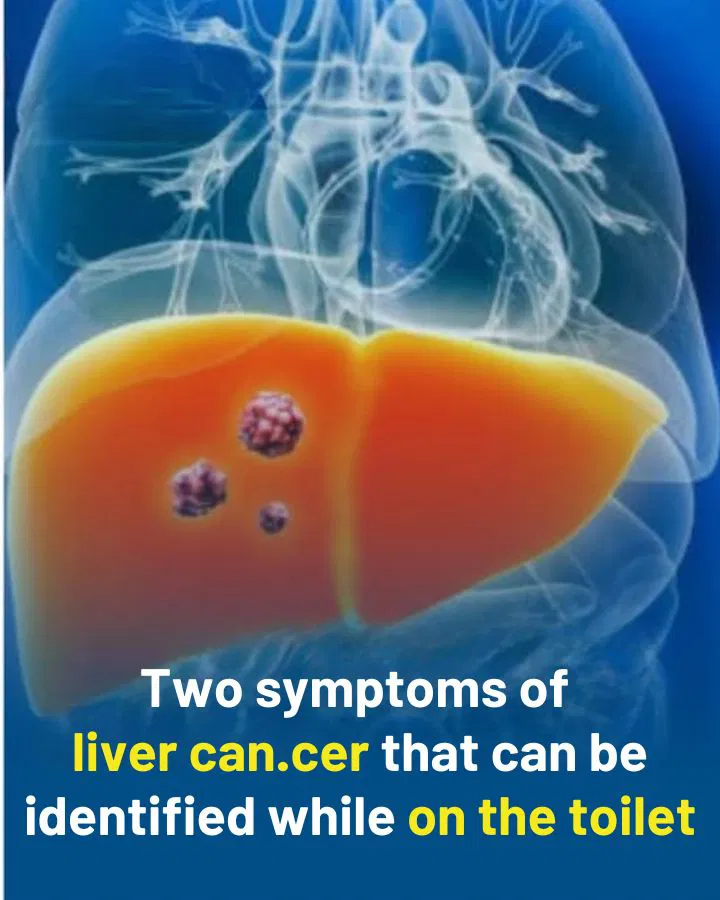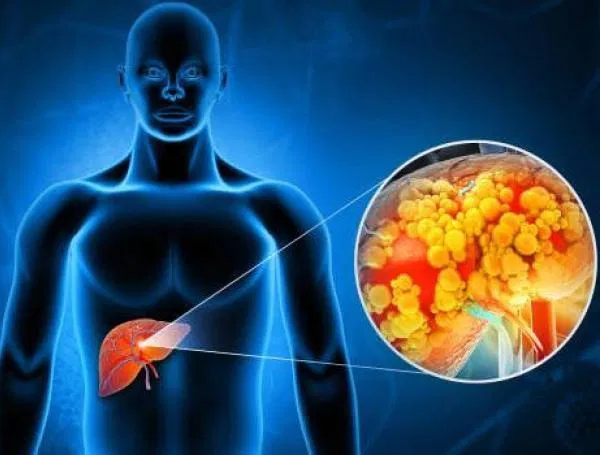Two symptoms of liver can.cer that can be identified while you are in the bathroom

Liver can.cer develops when abnormal cells in the liver begin to multiply uncontrollably. Despite its seriousness, many people are unaware of certain early symptoms that may signal the presence of this disease. According to the charity Liver Can.cer UK, two notable signs that often go unnoticed are dark or unusually pale urine and light, clay-colored stools.
The Vital Role of the Liver
The liver is a vital organ with many important responsibilities. It stores nutrients, removes toxins and dead cells, and filters chemicals found in food, alcohol, and medications.

It also produces bile, a substance essential for digesting fats and eliminating waste. These functions are crucial to maintaining the body’s internal balance, as highlighted by the Centers for Disease Control and Prevention (CDC), based in Georgia, USA.
Liver Can.cer: A Global Health Concern
According to the American Can.cer Society, liver can.cer affects over 800,000 people globally each year, and tragically, it is responsible for more than 700,000 deaths annually, making it one of the deadliest can.cers worldwide.
Detecting the disease early can be challenging, but Liver Can.cer UK emphasizes that some of the earliest warning signs often become apparent during routine visits to the bathroom.
Key Symptoms to Watch For
Two commonly overlooked symptoms that may indicate liver trouble are:

Dark or pale urine
Light-colored, putty-like stools
These can be signs of jaundice, a condition that signals the liver is under significant stress or not functioning properly. In such cases, immediate medical attention is recommended.
In addition to changes in urine and stool, other indicators of jaundice include:
Yellowing of the skin and the whites of the eyes
Persistent itching
Additional Signs of Liver Can.cer
Other warning signs that could suggest liver can.cer include:

Unexplained weight loss
Pain in the upper right abdomen
General flu-like symptoms such as fatigue, fever, and a loss of appetite
Recognizing these symptoms early can significantly increase treatment options and improve long-term outcomes, according to specialists at Liver Can.cer UK.
Who Is Most at Ris.k?
As with many can.cers, age is a major risk factor, with the majority of liver can.cer diagnoses occurring in individuals between 50 and 70 years old.
Additionally, certain pre-existing health conditions may increase risk. According to Can.cer Research UK, infections from liver flukes (a type of parasite) and some forms of inflammatory bowel disease can raise the likelihood of developing bile duct can.cer, which is closely linked to liver health.
Final Thought
While liver can.cer remains a global health challenge; awareness of its early symptoms, particularly changes in urine and stool, can lead to faster diagnoses and better treatment outcomes. If you notice any of these signs, it’s crucial to consult a medical professional promptly.
In conclusion, liver cancer remains a significant global health challenge due to its high mortality rate and often late diagnosis. However, increased awareness of the early warning signs, such as changes in urine and stool color, can dramatically improve outcomes. Many people tend to overlook these subtle symptoms, attributing them to minor, everyday issues or ignoring them altogether. This lack of awareness contributes to delayed medical consultations and, consequently, reduced chances of successful treatment. Understanding the vital role of the liver in maintaining overall health further highlights why any indication of its malfunction should never be underestimated. The liver performs essential functions such as detoxifying harmful substances, metabolizing nutrients, and producing bile, all of which are critical to sustaining life. Therefore, when early symptoms like jaundice, unexplained weight loss, or persistent abdominal pain arise, it is crucial to seek prompt medical advice. Additionally, recognizing personal risk factors—such as age, pre-existing liver conditions, and exposure to infections—can help individuals take preventive measures or undergo regular screenings. Medical advancements have improved liver cancer treatments, but early diagnosis remains the cornerstone of effective management. Public health initiatives and educational campaigns can play a pivotal role in informing the population, encouraging healthier lifestyles, and promoting timely medical check-ups. Ultimately, empowering people with knowledge about liver cancer symptoms and risks is a powerful tool in combating this deadly disease. Timely action can save lives, improve quality of life, and reduce the burden on healthcare systems worldwide. Remember, awareness and vigilance are key; never ignore changes in your body, and always consult healthcare professionals if you notice unusual signs. Together, through education, prevention, and early detection, we can work towards reducing the impact of liver cancer globally.
